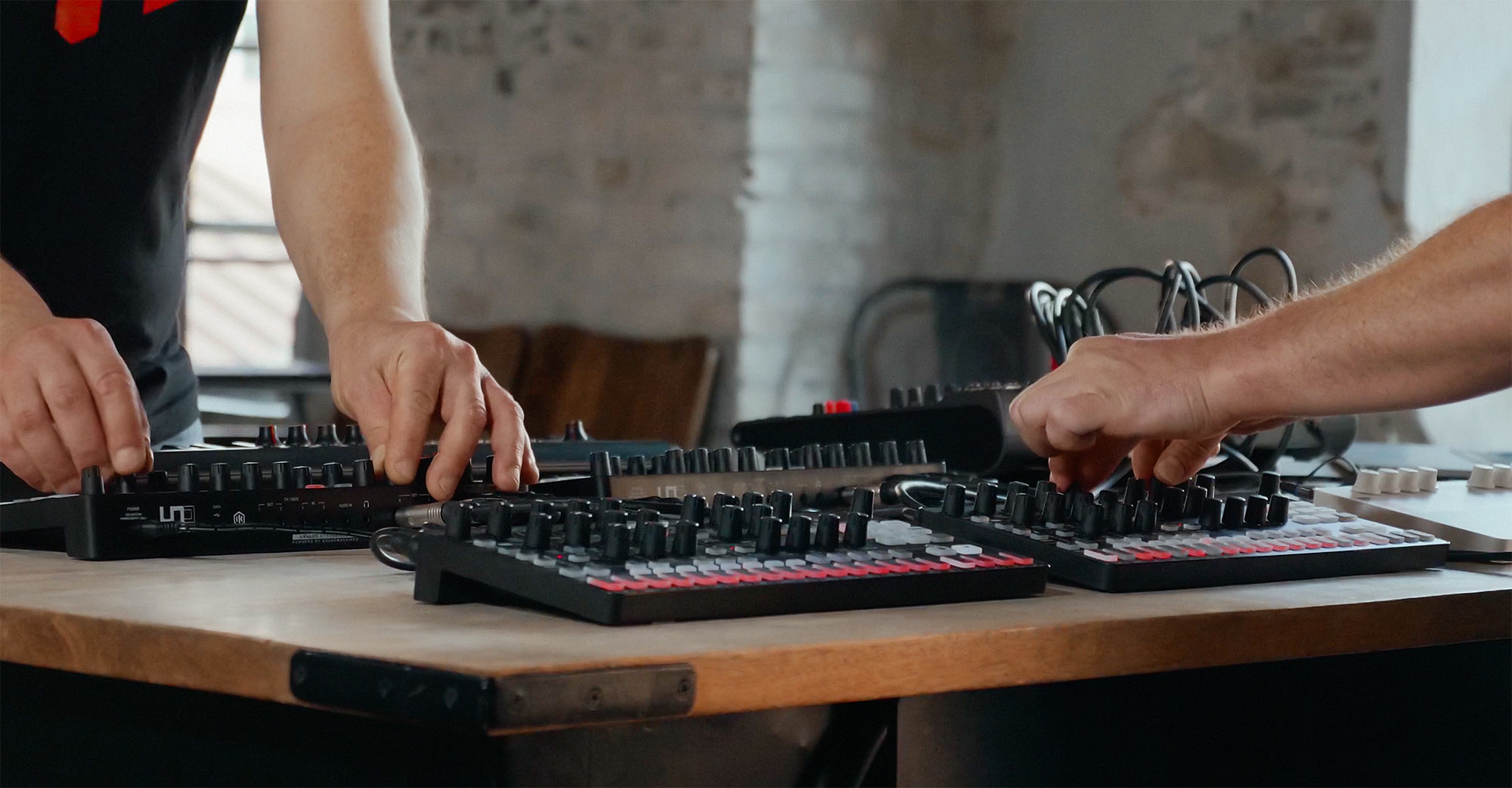The Model 15 is a desktop take on a classic vintage Moog Modular synthesizer. That sound you hear in your head when someone mentions old analog synths is exactly what you’ll find here. It’s all about super fat basslines, punishing lead sounds and experimental bleeps and bubbles.
It’s laid out like a modular synth with each part of the synth given its own space. The first part is a playful arpeggiator and sequencer for getting things moving. Following that is a multi-waveform LFO that can animate your filter, pitch or pulse width. Then you have two classic oscillators generating a number of waveforms that are full of juicy detuning. You mix them through the warm embrace of a ladder filter before being shaped by the envelope and lost in the reverb. This thing is beautiful.
However, the huge patcbay on the right offers an adventure playground of re-routing, modulation and experimental happenings. Everything has a patch point so if you want to modulate the filter from the oscillator, or envelope the pitch, mix waveforms into FM tones or feed modulators into one another, you can.
There’s an amazing amount of versatility in this dual oscillator, analog, semi-modular synthesizer that’s ready to play without a single patch cable, and eager to go deeper when you need to.
Street Price: $279
Behringer.com
